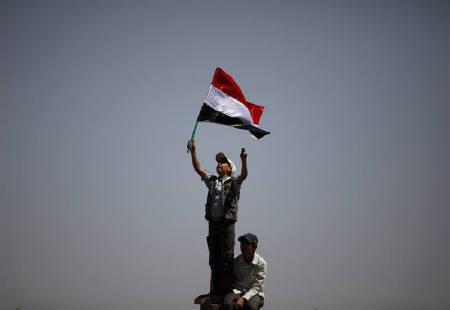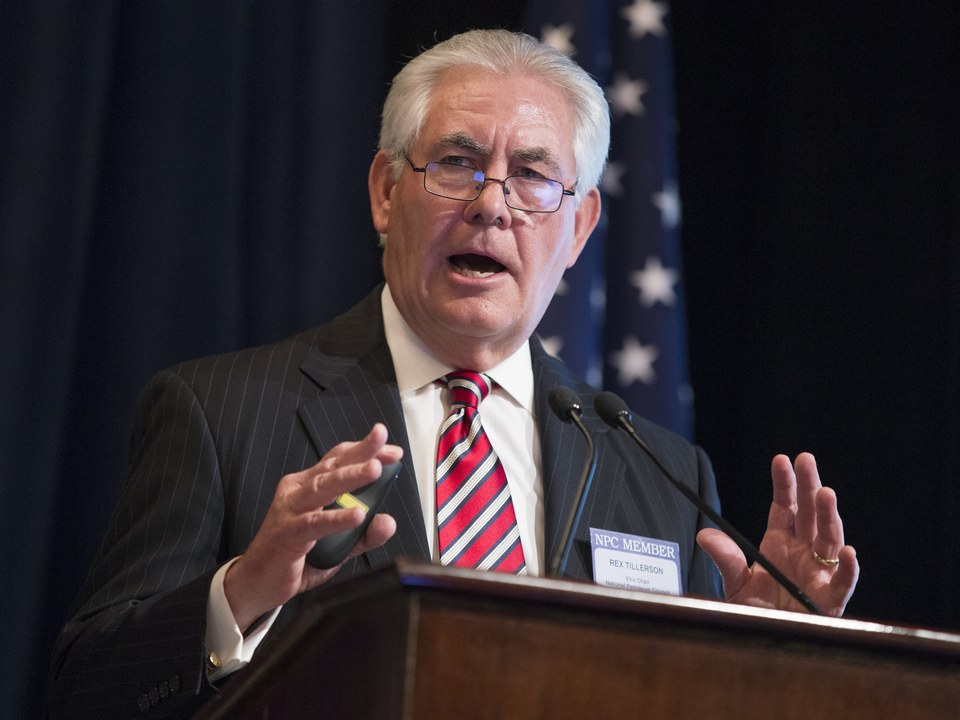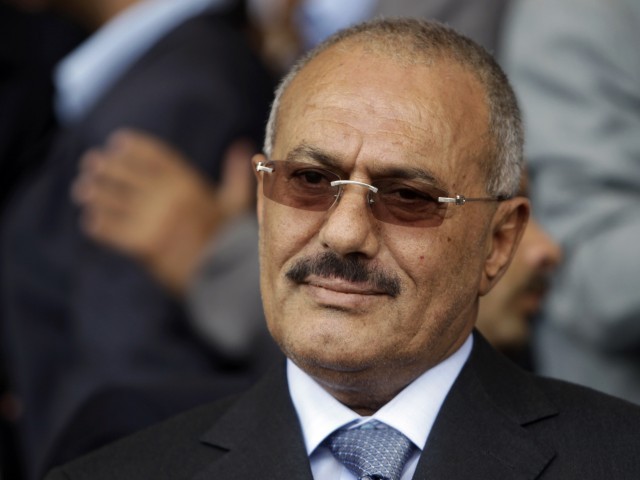After a tumultuous marriage of more than 27 years, South Yemen appears to be edging closer to divorcing the north in a move politically and financially sponsored by the oil-rich United Arab Emirates (UAE). In the southern coastal city of Aden, unified Yemen’s familiar flag of three horizontal bars has all but vanished, replaced by the former Communist nation’s emblem of a red star within a sky-blue chevron, while pictures of Emirati royals adorn the hallways of government buildings and ministries. Military units once loyal to the government of President Abd-Rabbu Mansour Hadi are also distinctly absent. Instead, local militias and Yemeni soldiers are flanked by Emirati troops – tasked with guarding key installations and protecting Aidarous al-Zubaidi – the UAE’s ‘man in the south’ and leader of the southern secessionist movement. Perceived by some as the only credible rival to Hadi, the 50-year-old militia leader set out his vision for the region on Friday saying an independence referendum would be “held soon.” Speaking to a raucous crowd of southerners hungry for secession, he announced the formation of a new 303-member parliament, a body analysts say will be administered under his presidency.
Latest from MIDLE EAST
Write an article from the following text. Bashar Assad stepped down as Syrian president, leaving the
Una esplosione devastante nella zona del porto di Beirut ieri nel tardo pomeriggio ha distrutto una
Usually, when people talk about Saudi Arabia and its hegemonic policies, we tend to relate to
On Tuesday 8th January, US Secretary of State Mike Pompeo opens his tour in the
The 39th GCC (Gulf Cooperation Council) summit held in the Saudi capital









